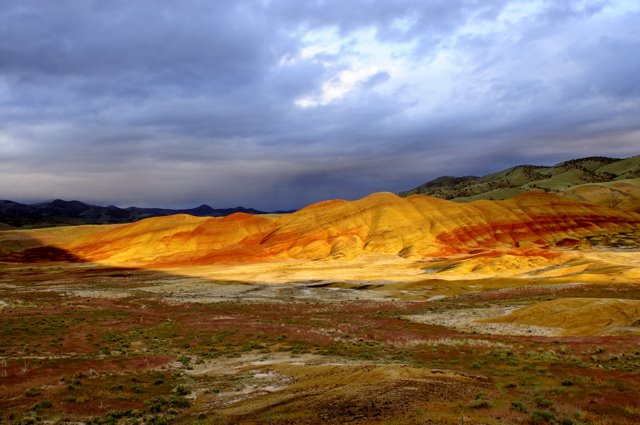I just had a real eye opener that helped wise me up a bit.
I have an account at an online photo store called "Imagekind.com" I've had the account going on three years and have paid them the premium price of $94.99US per year. If you look at any of my posts in the past couple of years you will see that I reference that site a lot in an attempt to advertise and sell images. So far I've sold one greeting card for 60 cents and one print for $24.99. I checked my accounts at imagekind and at paypal to see if I ever received any money. Well none seems to have made it my way.
In looking at the policy at Imagekind I learned that they won't send any money unless I earn more than $50.00 dollars. After considering this I decided I had a few options to consider. Yes they are the same ones you are thinking about too. But since I am still advertising that site in so many ways, I decided not to close it just yet. I will at the end of this year however. Instead I simply raised the prices on every image in my store by $50 bucks. It's the only way to insure I will be paid. It probably also insures that I will never sell another product from that site. Never-the-less, there is a better option now.
I still encourage you to go to my website at "http://dwainspicks.imagekind.com" to see my images. I have great pictures there and if you want you can buy them as plain prints or framed and matted. There is a better option however. If you find one of my photos that you would like to have, send me an email at vermilyea.dwain@gmail.com and tell me which print and what size you want. I will ask you what media you want your print on and tell you what it will cost to print and ship. If you have a paypal account all you have to do is send your payment to my email address from your account and I will personally print, package and ship a signed print directly to you. If you don't like the product you can return it to me and I will refund your account, less shipping costs.
I can print up to 13x19 inches on my own professional printer. A company I work with in Portland, Oregon handles my prints that are over that size all the way up to wall sizes for your home or business. I also make my own greeting cards, and will make them from any photo in my galleries.
